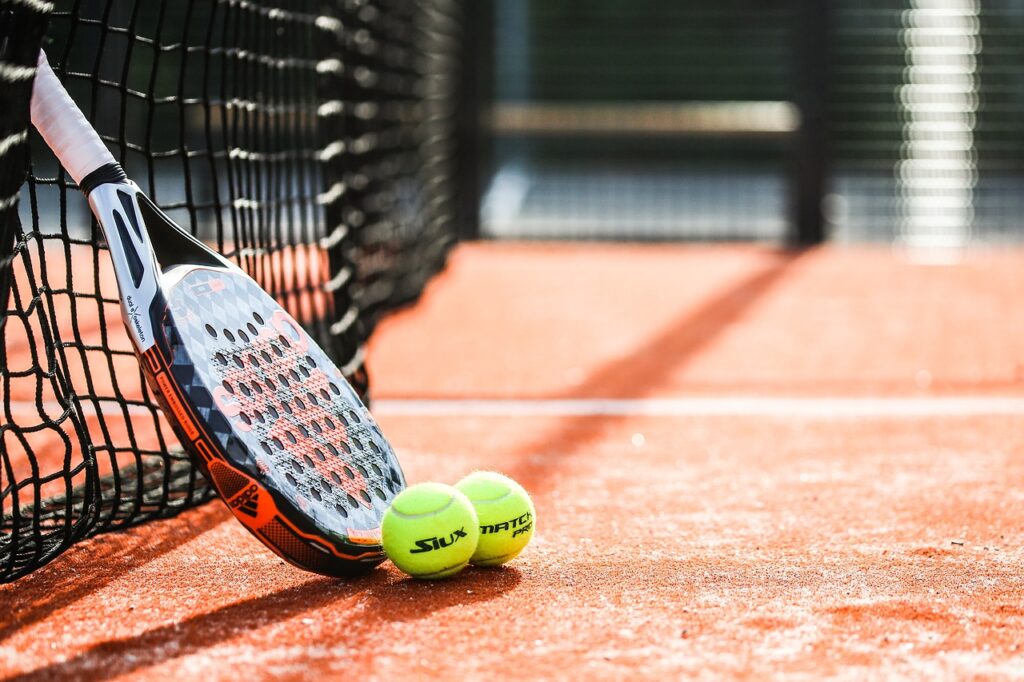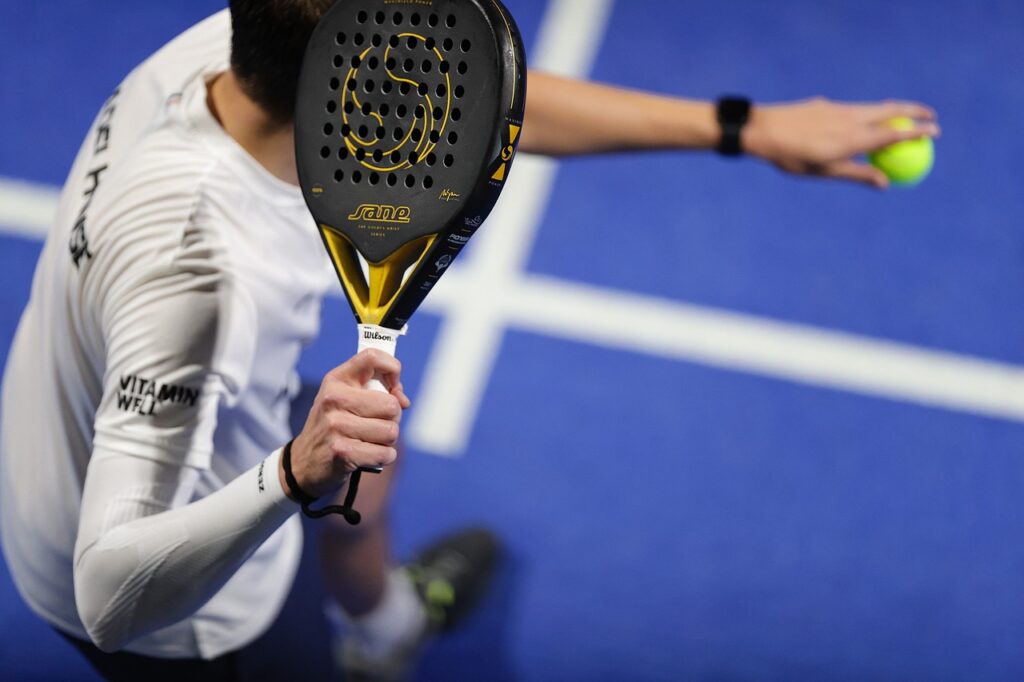Padel isn’t just a trend anymore – it’s a global movement. Once a niche sport played mainly in Spain and Argentina, it’s now spreading fast across Europe, the Americas, and the Middle East. The numbers back it up.
Here’s a full look at the real data behind padel’s rise, how it compares across regions, and what it means for players, clubs, and the sport’s future.
Global Growth and Reach
As of 2025, around 30 million people play padel worldwide. That’s a huge jump from just a few hundred thousand players a decade ago.
Padel is now played in over 130 countries, and that number keeps growing every year as new federations join the International Padel Federation (FIP). The largest player bases are in Spain, Italy, Sweden, Argentina, and the Middle East, but countries like the UK, the US, and France are quickly catching up.
There are now more than 50,000 courts globally, with industry forecasts predicting 70,000–80,000 by 2026–2027. Europe holds the majority, but new facilities are being built in North America and Asia almost weekly.
This surge is driven by the sport’s accessibility. You don’t need a huge space, the rules are easy to learn, and it’s fun for all ages. It’s also highly social, which helps it attract people who wouldn’t normally play tennis.
The Fastest-Growing Sports Markets
Spain remains the global hub of padel. It’s the country with the most courts and licensed players. Surveys show it’s now the second most popular participation sport in Spain, behind football.
Sweden has been another growth story. In just five years, the country built thousands of courts and established a strong amateur scene. Padel centers in Stockholm and Gothenburg are now common.
The United Kingdom saw record growth between 2024 and 2025. According to the LTA, awareness of padel among adults rose to 43% in 2025—about 23 million people. Over 400,000 people are now playing in the UK, and more than 300 facilities offer courts.
In the United States, the sport is still young but accelerating fast. There were fewer than 500 courts in early 2025; by mid-year, there were about 700 courts across 180 venues. Major cities like Miami, Dallas, and Los Angeles are leading the way. Demand is so high that new clubs are booking out weeks in advance.
In Latin America, growth continues steadily. Colombia saw an 870% increase in courts over the past year, and Argentina remains a powerhouse in both participation and elite competition.
Who’s Playing?
Padel’s audience is broader than most racquet sports.
- About 40% of players are women, one of the highest female participation rates in any racquet sport.
- The average player age is between 25 and 45, though junior and senior participation is rising.
- Many players come from tennis or squash backgrounds, but around half are new to racket sports entirely.
- The sport’s social doubles format makes it especially appealing for casual and mixed-gender play.
Clubs report that retention rates are higher than in tennis or gym memberships because players build friendships through matches and local leagues.
Match and Performance Statistics
While participation stats show growth, professional padel data reveals how the sport plays at the top level.
- The serving team wins about 60–65% of points, giving serve a real advantage.
- Professional rallies average 9 to 12 shots, though some exceed 30 in long exchanges.
- Net position decides most points—players who control the net win over 70% of rallies.
- Average match length is around 90 minutes, with intense physical and tactical demands.
- Studies tracking pro matches show that volleys and smashes account for nearly half of all winning shots.
For everyday players, these numbers give clear training targets:
- Improve your serve return.
- Work on net control.
- Practice consistent lobs and overheads under pressure.
Infrastructure and Business Numbers
Globally, there are over 23,000 padel clubs operating in 2025. Most European clubs average 3–4 courts each, while new facilities in North America often open with 6–8 courts to meet demand.
Court construction costs vary from €25,000–€45,000 depending on design and cover, but revenue potential is strong. In major cities, court bookings can reach €80–€200 per hour, especially during peak times.
Because of the sport’s explosive growth, property developers, gyms, and tennis clubs are adding padel courts to attract new customers. It’s a profitable model combining sports, social activity, and hospitality.
Where the Sport Is Heading
All indicators point to continued expansion.
- The FIP World Padel Tour and Premier Padel Tour now broadcast to over 180 countries, with audiences growing 20–30% year over year.
- Brands and investors are entering the space aggressively.
- Sponsorship deals, especially in Europe and the Middle East, are now comparable to second-tier tennis tournaments.
- By 2030, padel is projected to have over 50 million players if current trends hold.
Emerging markets like the U.S., Japan, and Australia are expected to be the next major growth engines.
Key Padel Statistics (2025)
| Metric | Data |
|---|---|
| Global players | ~30 million |
| Countries | 130+ |
| Courts | 50,000+ (projected 70,000 by 2026) |
| Clubs | ~23,000 |
| Female players | ~40% |
| UK awareness | 43% of adults |
| US courts | ~700 in 2025 |
| Serve points won | 60–65% |
| Avg. rally length | 9–12 shots |
| Pro match duration | ~90 minutes |
What These Numbers Mean for You
If you’re a club owner, these stats show clear opportunity – demand keeps outpacing supply.
If you’re a player, the data highlights how the sport is evolving: faster points, more athleticism, more technical precision.
Padel’s growth story isn’t slowing down. From small courts in Marbella to rooftop venues in New York, the sport is becoming a global phenomenon. Whether you’re a player, coach, or entrepreneur, the data shows one thing clearly—padel is just getting started.
Sources and References
- padel1969.com – global participation, countries, and gender split
- padelfip.com – official federation data on courts, clubs, and countries
- playtomic.com – global court and club growth projections
- thepadelpaper.com – data summary from Playtomic’s 2025 report
- ltapadel.org.uk – UK participation and awareness figures
- axios.com – expansion of padel courts in the U.S.
- elpais.com – padel growth in Colombia
- premierpadel.com – professional match statistics example
- arxiv.org – academic research on rally length and shot patterns
- newsletter.padelbusinessmagazine.com – global club and court data
- everythingpadel.co.uk – European and Swedish padel facts
- pala-hack.com – overview of worldwide player numbers and participation trends
- padel.fyi – examples of court pricing and U.S. market growth

